I've made two minor corrections to your statement here:
I am trying to find the potential at V2 using the wire label in the Qucs-s simulator, powered by Ngspice. I have used Ohm’s law (V=IR) to work out the the voltage across R1 which was 1.66 Ω V, but the simulator is claiming that there is around 8.3 volts at V2.
Yes, that's all correct.
The word "voltage" means the difference between the potential at one place and the potential at another. Specifically, "the voltage across R1" means the potential on one side of R1 minus the potential on the other side of R1.
The potential on the left side of R1 (which you've labeled as "vfrore") is 10 V, and the potential on the right side of R1, as the simulator is telling you, is 8.333 V. This means that the voltage across R1 is 10 V - 8.333 V, or 1.667 V. That matches the calculation that you did using Ohm's law.


